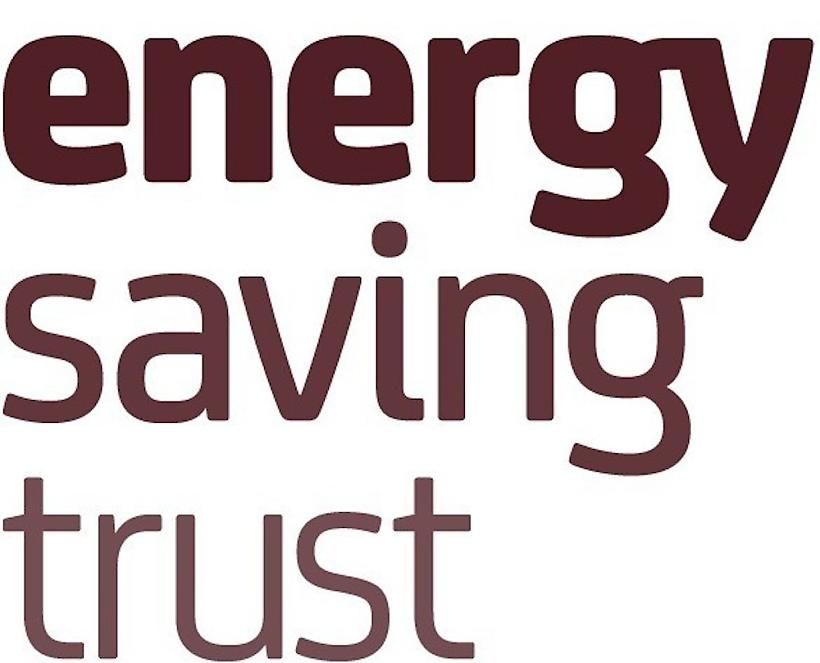It is generally accepted that taking a green approach to business has practical benefits, and is no longer simply seen as a purely ethical question. We have discussed how and why you should run a green fleet elsewhere on this blog. Up to 30% of a vehicle’s TCO is based on a driver’s fuel consumption and maintenance, so this is an issue that many fleet managers are getting serious about.
Government action and the changing requirements that organisations demand of their suppliers and partners provide further incentive for a business to make its operations greener. It’s also important to be aware of changing emissions standards and changes in taxation, such as incentives for buying greener vehicles and lower fuel duty on alternative fuels.
So what are the real benefits of a green fleet? What is the best approach for making your fleet greener? How do you strike the balance between investing new vehicle technologies and optimising your existing fleet and driver behaviour? We spoke to Tim Anderson from the Energy Savings Trust to find out.

Saving money
“Saving money is a primary concern for all fleet managers,” says Tim. “A greener fleet essentially means a more efficient fleet, which saves you money in the long run. Assembling a green fleet used to be very expensive but that’s no longer the case and the safety benefits of having a newer fleet that’s well maintained are marked.
“There is also a PR and CSR thought. Reducing the carbon footprint of your fleet not only drives costs down but also helps you meet emissions targets set by the government and provides the intrinsic reward of doing your bit for the planet.”
Fuel efficiency
One of the simplest ways to make a fleet greener is to improve fuel efficiency. But what can a fleet manager measure in order to do so?
“The first thing is to understand how much fuel you’re using,” says Tim. “The best way to do that is by understanding the physical volume of litres you’re putting into your company vehicles. You can do that by using fuel cards or bunkered fuel. For most organisations fuel cards are a good way of understanding how much fuel you’re using, but it’s important to note that unless you’ve got technology in your cars that physically measures the mileage, you’re relying on your drivers to report on the mileage and this is often inaccurate for a variety of reasons.”
Tim continued:
“Understanding your real life mileage is important, both for your fleet vehicles and for other employees using their own cars, so you can understand how far those cars are being driven. From that you can understand whether drivers are driving too much, and whether you’ve got the right vehicle.”
Better route planning
Better route planning has been an integral part of promoting fuel efficiency and Tim agrees:
“In previous years we didn’t have the technology to help us understand where our vehicles were going. We just gave drivers a piece of paper telling them where they needed to go. These days, route planning technology helps fleets and businesses be really clear about how to schedule the vehicles before they need to be sent out, to optimise the use of those vehicles and to reduce the mileage.”
Driver quality
There are a number of ways to make a fleet more efficient and something that is often overlooked is the quality and skill set of the drivers themselves.
“We frequently see a great variation between the best drivers and the worst drivers in an organisation.” Tim explains.
“We offer a training programme for organisations where we measure drivers performance before and after training. Training will include things like developing better anticipation on the road to aid braking and improving gear changes for better fuel consumption. On average we see between an improvement of 15-20%. So if you imagine that as 15-20% of your fuel costs, that’s a huge number for large and small businesses.”
Small versus large business benefits
The benefits of making your fleet as green as possible can be felt whether you’re manager of an ten-thousand strong fleet or a small business owner with five vans:
“The size of the fleet is largely irrelevant,” says Tim.
“Making a larger fleet greener will have higher overall savings, but it’s all relative. If a delivery company running five vehicles can reduce the cost of running them, they would see a significant percentage cost reduction to their overall cost base which arguably would have a greater impact on the business.”
What measures do you and your business go to, to ensure your fleet is as efficient as possible? Let us know how important a green fleet is to you in the comments below and also consider downloading our best practice guide to downsize your impact on the environment and green your fleet.











